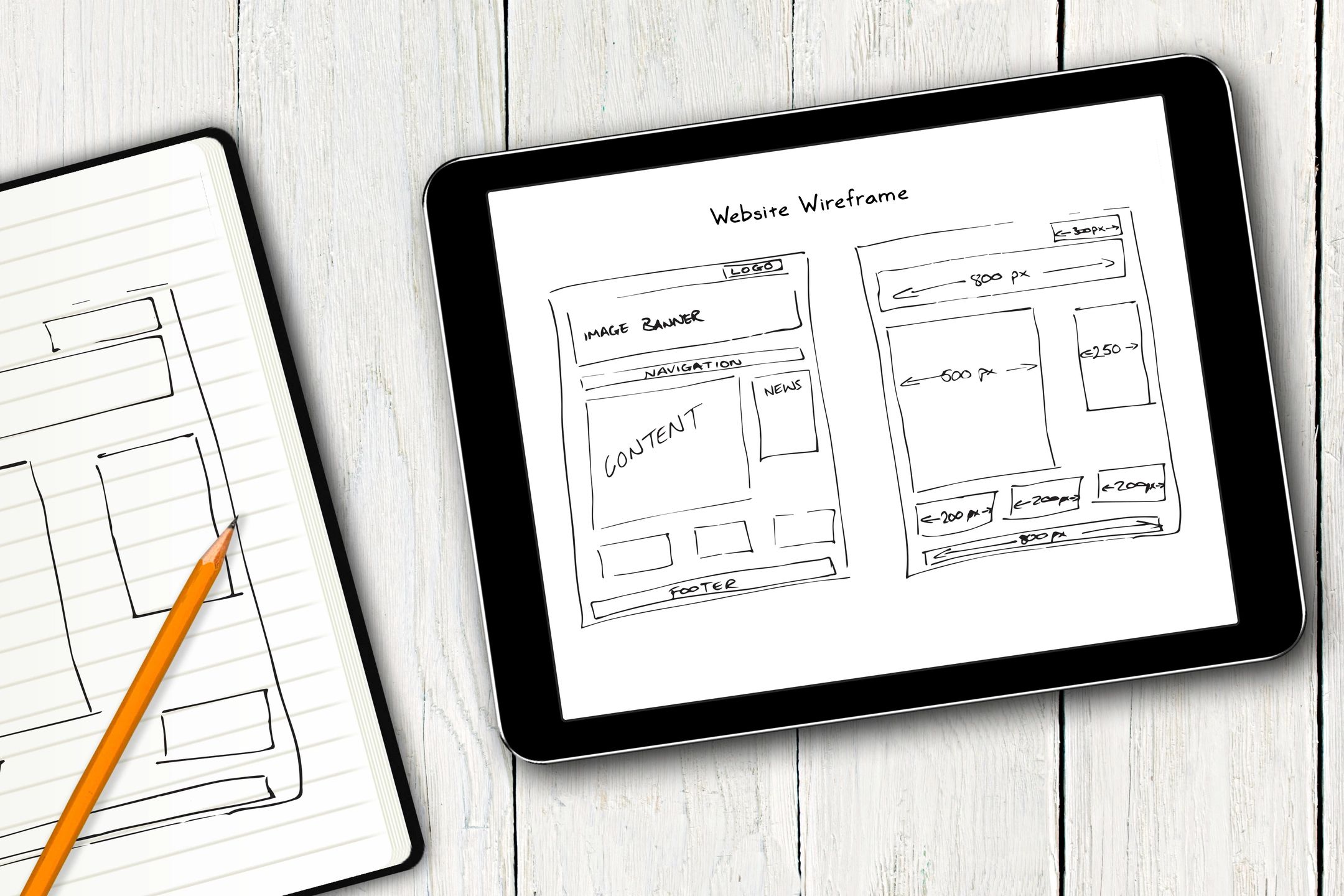The inspiration for In-a-Box comes from two things we’ve seen over the past few years of implementing Dynamics CRM.
MS Dynamics CRM, now part of Dynamics 365, is a complex, enterprise product which is feature rich and extendable. In practical terms, it is a massive toolset of options available to the user. This means that it often requires extensive professional services projects to configure/customise the solution to the needs of a particular instance. While these projects are interesting, they’re also expensive and create a significant barrier to entry to many smaller businesses wanting to benefit from the power of the platform.
And all the while, the world is changing. More and more enterprise class services are being sold on a monthly subscription basis (per user, per month) at rates that are very affordable for small and medium businesses. To Microsoft’s credit, the “new Microsoft” has recognised this and is turning many of its traditional boxed software businesses to be cloud first (Office 365, Dynamics 365, Azure services, etc.). Dynamics 365 can be had for well under £100/user/month, a small price to pay for the power it provides.
But there remains a gap between this massive hurdle getting onto the platform relative to the monthly cost of using the platform. Small and medium businesses just don’t have tens of thousands of pounds to hand to spend on software projects. The In-a-Box products were conceived to bridge that gap. We’ve consolidated our experience across hundreds of implementations, looking at the things most businesses have asked for, and built this into a packaged solution.
The design focus has been driven by two principles:
- Simplification of the solution: pare down the forms to use the most commonly used data fields, provide a handful of well-designed business processes, deactivate views to hide complexity, etc.
- Don’t break the underlying data model: part of the attractiveness of Dynamics 365 is that it provides a scalable path for businesses who either grow or have new business requirements (Customer Service, Project Service, xRM, etc.). By staying true to the data model, we can ensure our clients are not compromised in any way by decisions taken in respect of using an In-a-Box solution rather than a bespoke implementation.
The downside is plain to see. By using an In-a-Box solution, you’re limited to the design decisions made in building the solution. It’s not really different to buying a physical product at a retailer. There are probably a few options you could exercise, but the core product is the one you bought. The software may only meet 85% of your requirements rather than the 100% that a bespoke implementation may achieve. With a handful of consulting days, you might close that gap to 90% and still stay in the realms of a reasonable cost. (Or, better, use the system for 3 months, and then re-assess whether perceived needs are real needs!)
I guess it boils down to a simple question: do you want stay on spreadsheets (as many of the target customer base are likely to be using) or, for a reasonable cost, cover 85 or 90% of your requirement? Because the 100% requirement is just not realistic for small and medium businesses.
Recursyv Sales In-a-Box is now commercially available. If you’re interested in discussing these ideas further or a demo, please be in touch.
Note: We’re aware that Dynamics 365 Business Edition is a similar application of this mindset. In another post, we’ll share some of our considerations in respect of furthering developing of this product versus waiting for Business Edition.






